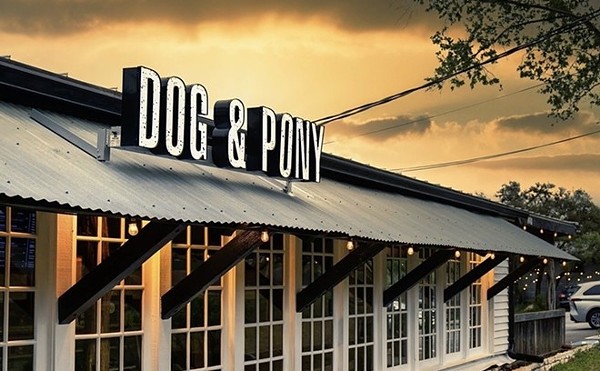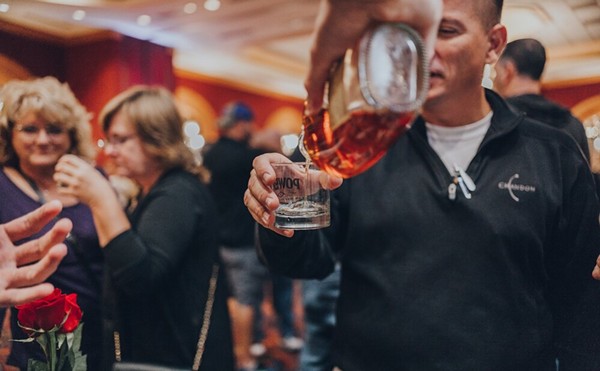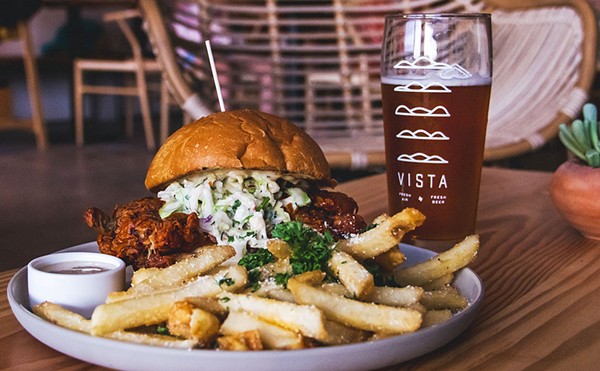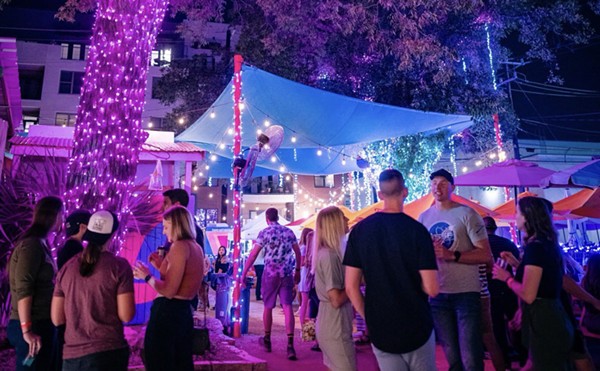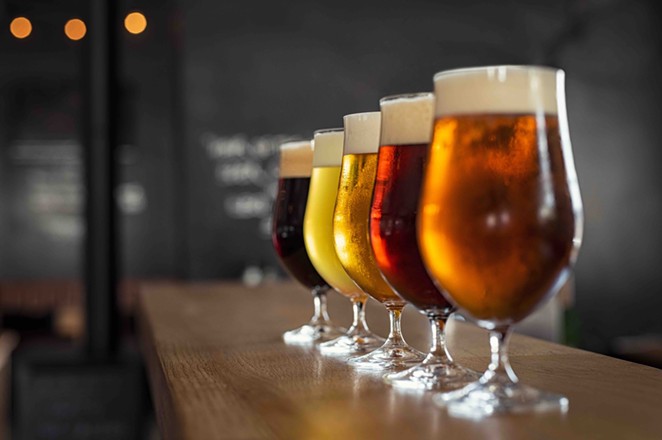
It’s a time of both endless experimentation and yearning for beer that actually tastes like beer.
In the past few years, it’s become hard to walk into taprooms or down the supermarket beer aisle without being confronted with New England IPAs, also known as hazy IPAs, that downplay classic IPA bittering hops and embrace heavy dry hopping with hops that emulate mostly tropical fruit flavors such as mango and passionfruit or stone fruits like peaches and apricots.
The other prevalent trend is the production of high-calorie “pastry stouts,” usually highly alcoholic dark ales with ingredients such as chocolate, coconut, lactose, peanut butter, marshmallow and fruit flavors.
Martin House Brewing of Fort Worth is probably the most visible Texas brewer turning out these stouts and other flavored styles, such as Lemon Icebox Pie. However, drinkers can find examples from area breweries including Guadalupe Brewing Co. in New Braunfels, where German chocolate cake is a mainstay. Meanwhile, San Antonio’s Weathered Souls is the originator of the nationwide shared-recipe Black Is Beautiful imperial stout, and Islla St. Brewing is known for Mexican pastry-inspired brews.
Here to stay
Those trends don’t seem to be going away anytime soon. Nationally distributed brands such Sierra Nevada, Dogfish Head and Boston Beer Co., of Sam Adams beer fame, have embraced the hazy style. Because beers with a lot of adjunct ingredients, such as pastry stouts, can be tricky to can without sometimes explosive results, they tend to be on tap at the brewery or sent home with patrons from one refrigerator to another.
“We went off on the hazys and the pastry stouts,” said Rob Martindale, owner and founder of San Antonio-based beer bar chain Big Hops. Many of the 32 taps at his two company locations and a franchised store on the far Northwest Side are in those styles.
Martindale said he is starting to see variations in both those broad styles. For example, more bourbon-barrel aged versions of pastry stouts are emerging to meld an old trend with a newer one. Also, fruit extracts are coming into play to make some of these hazy IPAs.
“I think a year from now, we’ll be talking a lot about them,” Martindale said of the fruity brews.
‘I’m all for that’
A smaller niche, but one with an avid fan base, is a riff on the hazy IPA called “smoothie” IPAs — a thicker, fruit-forward version of the style. Milkshake IPA, another subset of the style, utilizes the milk sugar lactose to create an adult drink emulating a childhood favorite.
Another trend hearkens back to the classics.
“Lagers are coming back around, and I’m all for that,” said Jason Davis, director of brewing operations at San Antonio’s Freetail Brewing Co., who’s worked at Texas breweries for more than two decades.
Classic pilsners and numerous other lager varieties lost traction on the craft beer scene over the years. However, professional brewers pushed to keep the easy-drinking styles alive because that’s what they craved at the end of a laborious shift.
Within that trend are lagers aged in oak barrels such as Roadmap Brewing’s recent anniversary offering. Pouring methods, like the classic Czech sidepour tap used at Second Pitch Brewing, also are bringing new life to the styles.
Craft classics
But lagers aren’t the only classics that are reappearing. Breweries are also looking to early American craft classics based on European styles.
Recent trips to San Antonio’s Second Pitch, Weathered Souls and Mad Pecker found interpretations of old-school brown ales, which have been mostly missing from the American beer scene for a decade. Gather Brewing, opening soon near Randolph Air Force Base, is embracing new beer varieties, but putting revered Belgian styles as its centerpiece.
“Style-wise, I feel like historical beers are having a comeback,” said Julia Herz of the brewery consulting firm Herz Muses, one of preeminent authorities on beer styles and beer and food pairing.
She’s now seeing obscure — to American drinkers — Polish and other Eastern European styles emerge from U.S. craft breweries, along with lost homegrown styles such as Kentucky Common. Craft versions of “pilsners and Kolsch are having their day again,” as brewers have gotten better at making them, she added.
Hold the alcohol
Non-alcoholic beers are also trending. Such brews have been around since Prohibition as “near beer” weighing in at less than 0.5% alcohol by volume. The twist right now is that smaller breweries with a focus on flavor are tackling the guilt-free beverage.
National players such as Brooklyn Brewing, Untitled Art and Lagunitas have hit San Antonio shelves with non-alcoholic offerings in recent months, said Brian Tarver, beer and wine head for H-E-B’s Alon Market. So has Athletic Brewing, an operation that specializes in near-beer options.
Freetail’s Davis points out that trends can also emerge from outside the craft beer market. For example, hard seltzers have been taking a chunk out of the beer market as consumers look for alcohol with lower carbohydrates.
In response, many breweries added those flavored malt beverages to their offerings. Now the hard seltzer trend has collided with non-alcoholic beers to create a market for non-alcoholic seltzers, where they started in the first place.
“If I could predict the next trend, I’d be all over it,” Davis said.
So many restaurants, so little time. Find out the latest San Antonio dining news with our Flavor Friday Newsletter.





